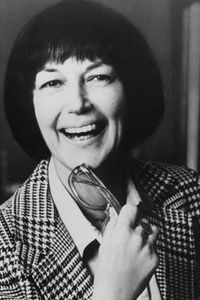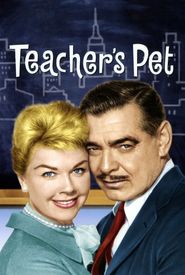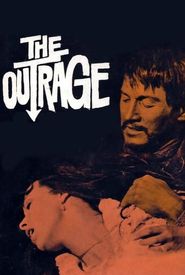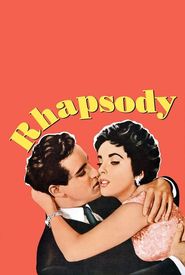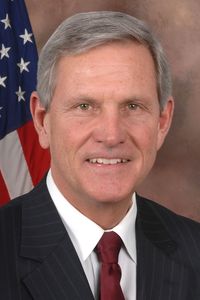Fay Kanin, a statuesque and articulate individual, began her career in Hollywood in the early 1940s, often collaborating with her husband Michael Kanin. After his retirement, she became a prominent writer and producer of distinguished TV-movies.
Born Fay Mitchell in New York City, she married Michael Kanin in 1940, shortly after he abandoned his career as a commercial artist and began writing. They moved to Hollywood, where Michael won an Academy Award for co-writing Woman of the Year (1942),which launched the Tracy-Hepburn screen collaboration.
Fay's career was slower to start, but she contributed to the story of Blondie for Victory (1942) and co-wrote Sunday Punch (1942) with her husband and Allen Rivkin. She even made an appearance as an actor in A Double Life (1947),co-written by her brother-in-law Garson Kanin and his wife Ruth Gordon.
Fay made her Broadway debut in 1949 with "Goodbye My Fancy", about a female congressional representative renewing past loves, which her husband produced. The movie, Goodbye, My Fancy (1951),was filmed by Vincent Sherman in 1951, starring Joan Crawford and Robert Young.
The Kanins returned to Hollywood in the early 1950s, developing into one of the more successful wife-husband writing teams. They wrote My Pal Gus (1952),Rhapsody (1954),The Opposite Sex (1956),and earned an Oscar nomination for Teacher's Pet (1958).
After Michael's interest in writing waned in the late 1960s, Fay moved into writing solo, generally scripting TV-movies. She wrote Heat of Anger (1972),Tell Me Where It Hurts (1974),which won her an Emmy, and Hustling (1975),which launched the career of Jill Clayburgh.
Fay went on to write and co-produce the Emmy-winning Friendly Fire (1979),starring Carol Burnett, and formed a production company with Lillian Gallo in 1980, which yielded Fun and Games (1980) and Heartsounds (1984) for producer Norman Lear.
Fay made a brief return to Broadway in 1985 with the Tony-nominated musical "Grind", adapted from an unproduced screenplay. Even after her tenure as president of the Academy of Motion Arts and Sciences ended in 1983, she remained an articulate industry spokesperson on matters such as film preservation and a social leader.
